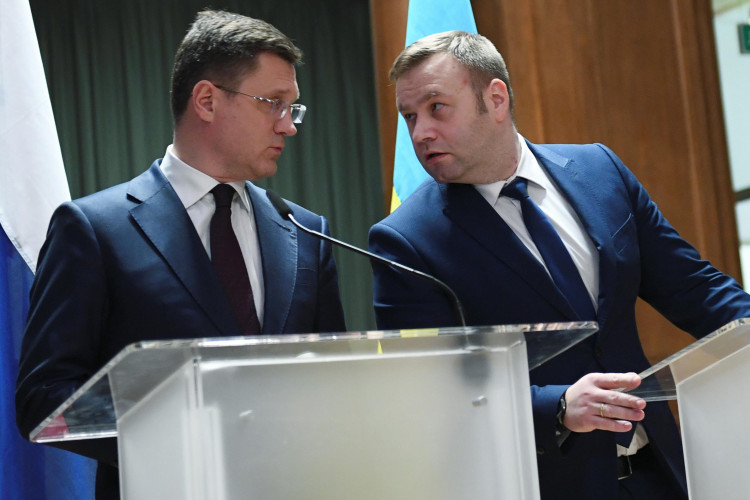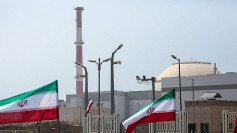Russia is all set to send the first natural gas through its TurkStream pipeline, further diversifying export routes to Europe in the midst of an outcry by the U.S.
Russian leader Vladimir Putin and his Turkish counterpart Recep Tayyip Erdogan are set to meet in Istanbul on Wednesday to launch the dual gas pipeline.
TurkStream will be bringing Russian gas to Turkey via the Black Sea and supplying Southeast Europe until fully operational, just as U.S. sanctions are blocking another gas export project.
TurkStream consists of two underwater lines running together, each capable of carrying 15.75 billion cubic meters of gas per year.
Initially, gas will flow to Turkey, and subsequently a combination of existing and new pipelines will take deliveries to Serbia through the Bulgarian region and then to Hungary.
The project allows two strategic goals to be achieved by Russian operator Gazprom PJSC. First, it can increase its market share in Turkey, already one of its top three gas customers.
Second, with a transit route, the company can reduce its dependence on Ukraine, a key objective after years of strained political relations between the two neighbors.
Construction of another major Russian pipeline project, the Nord Stream 2 connection running through the Baltic Sea, has been halted last month as a result of US sanctions on the contractors building German line.
The United States, itself an emerging gas powerhouse to Europe, has claimed that Gazprom's pipeline projects are damaging the security of supply in the region.
However, Putin hailed the TurkStream connection as a key element in "ensuring pan-European energy security," while Erdogan said that at least 50 percent of the gas supplied through the pipeline will be delivered to Europe.
The inauguration marks another milestone for Russia, following Nord Stream's setback, in creating export routes. Last month, Gazprom unveiled the giant Siberian gas pipeline Power, which runs from Russia's huge reserves to northern China and eastern Siberia.
So far, Russian gas flows to Turkey have been divided almost evenly between supplies through Ukraine and direct shipments via the 16-year-old Blue Stream channel.
The Oxford Institute for Energy Studies said in October that with the start of the new pipeline, as much as 13 billion cubic meters of Russian gas could be immediately diverted from the Ukrainian transit route to the first line of TurkStream consumption.
According to the government-controlled gas company Srbijagas, neighboring Bulgaria has prepared its gas grid to accommodate almost 3 billion cubic meters of TurkStream fuel, while Serbia expects to receive an initial supply of over 3 billion cubic meters annually.






